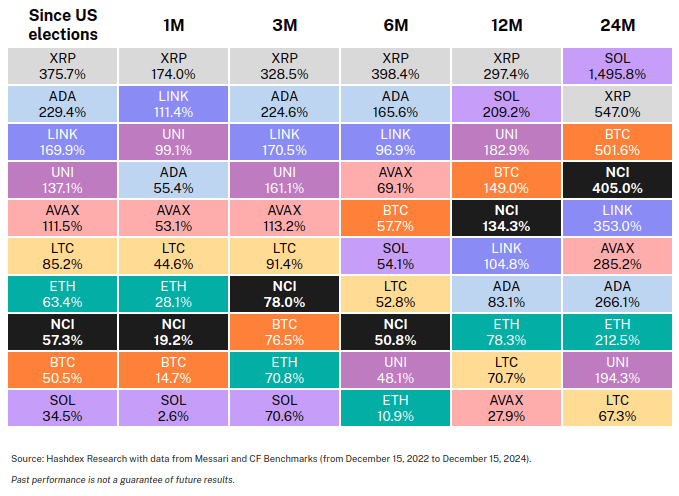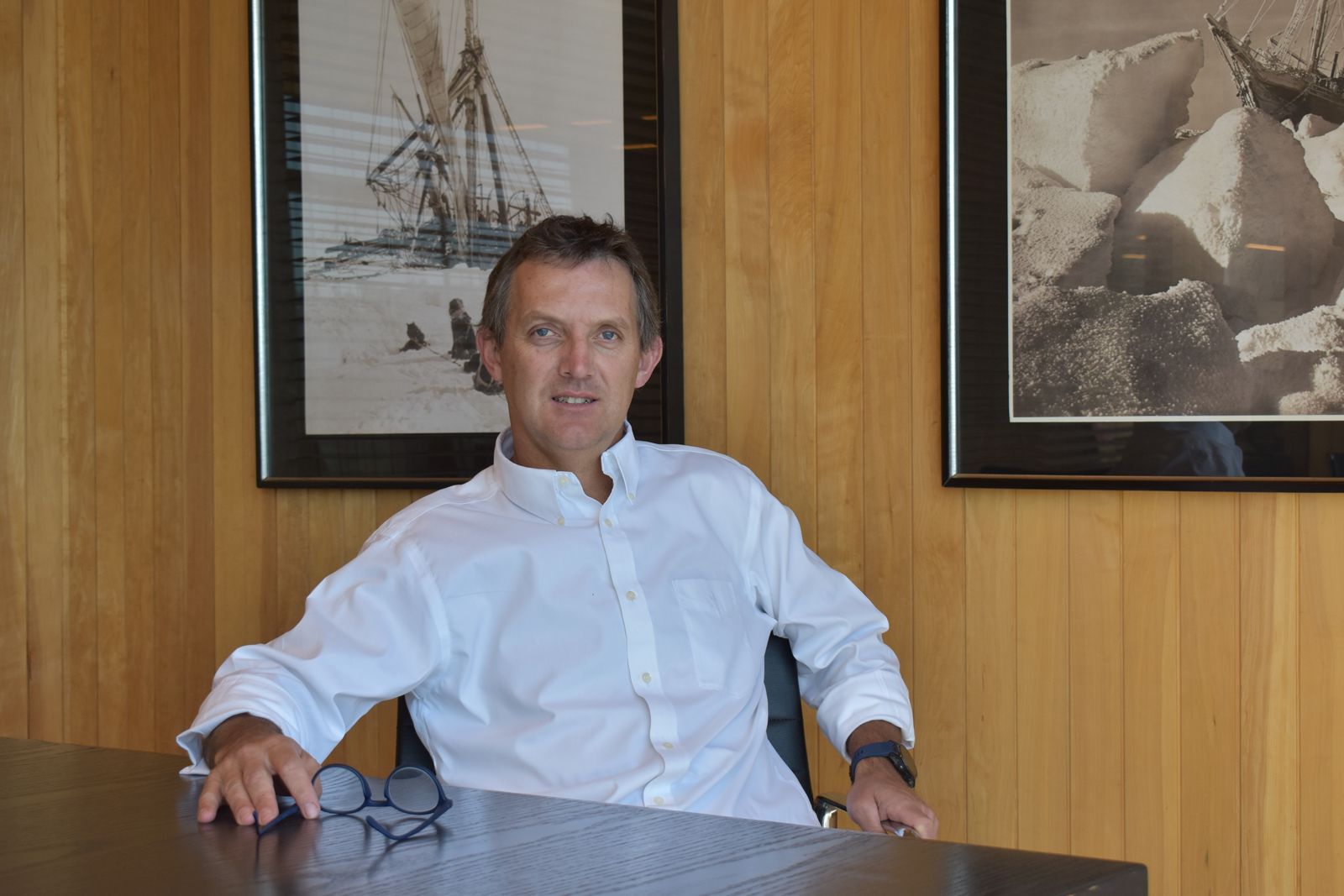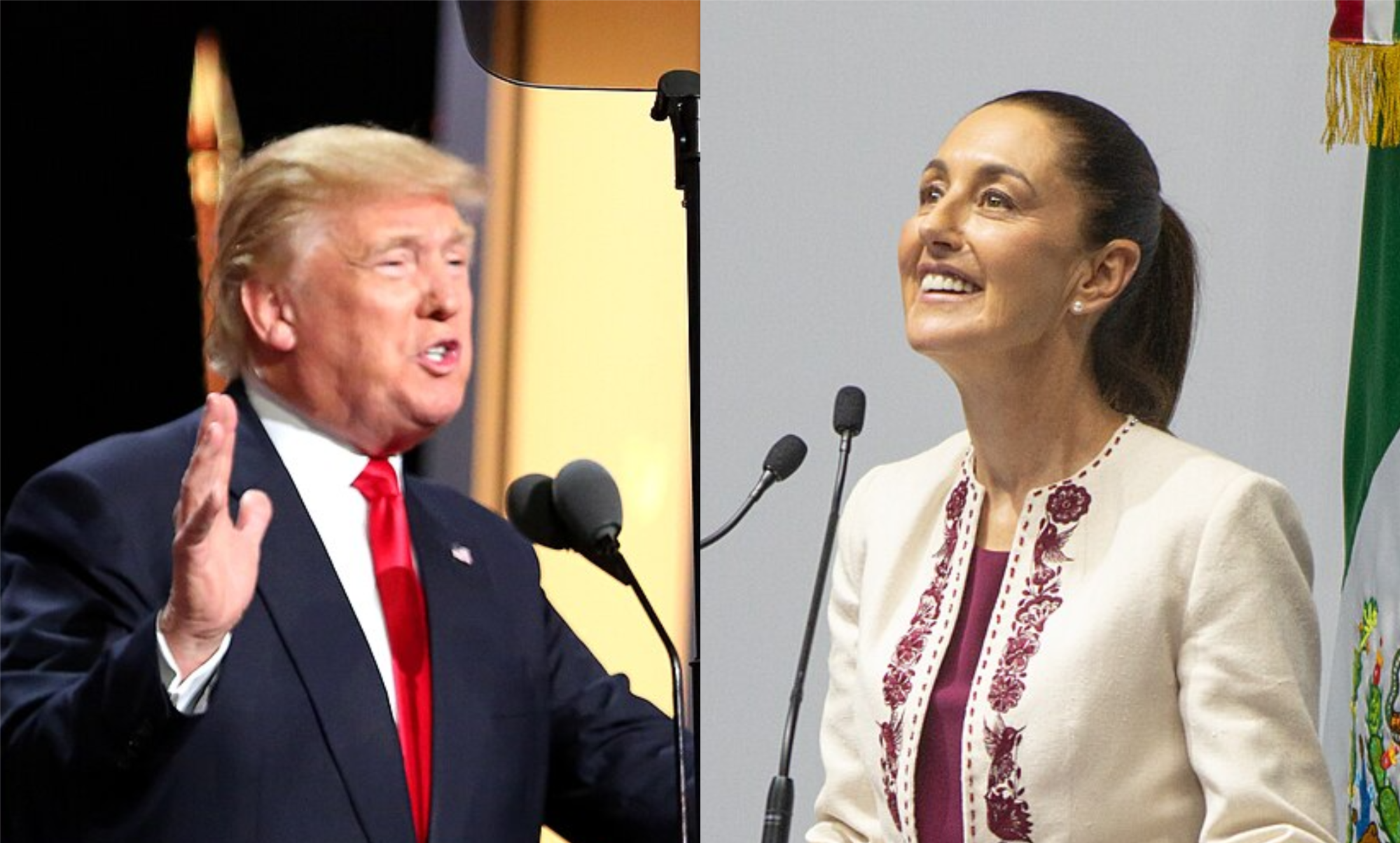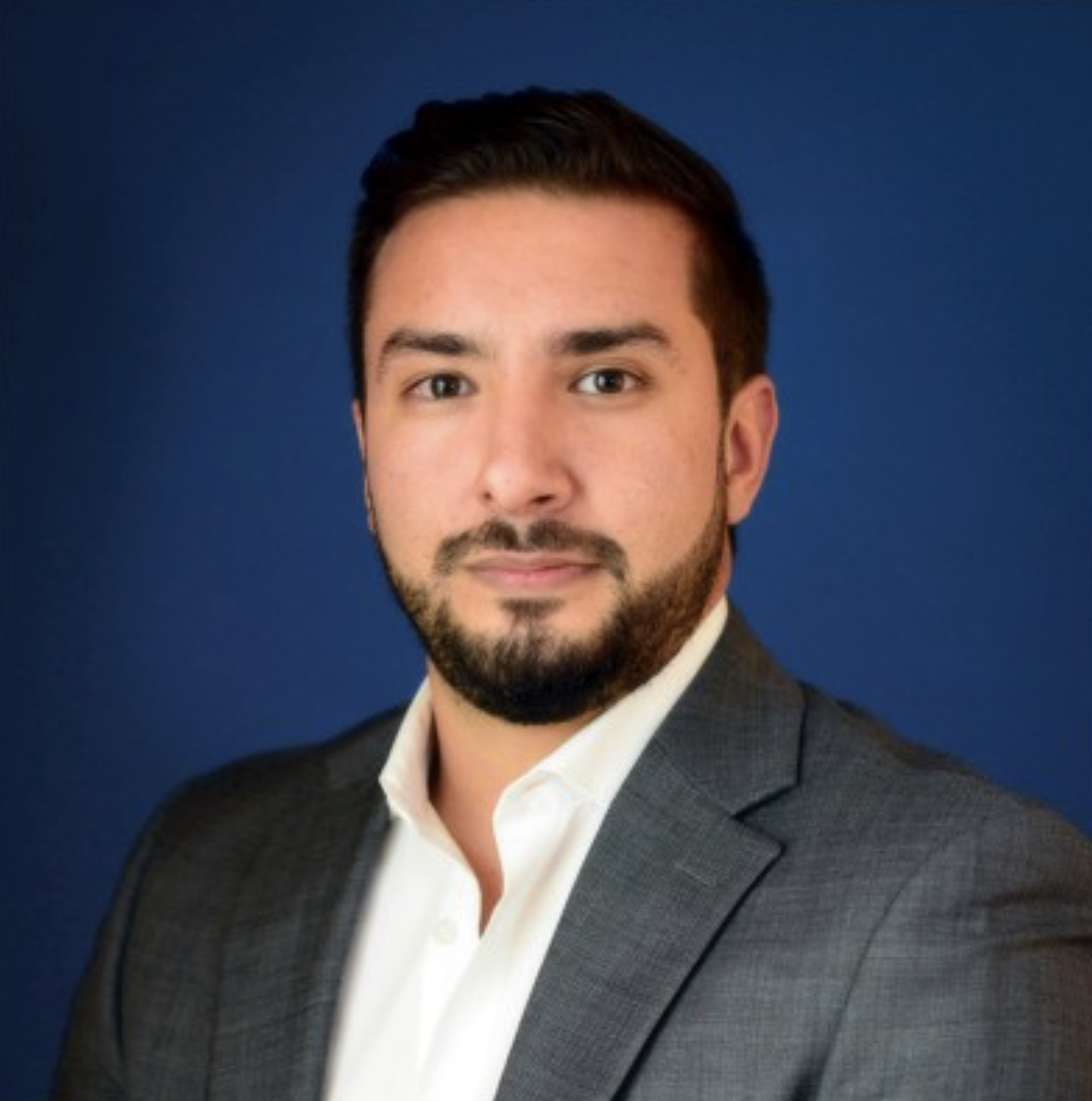Pension Funds Increase Allocations to Private Markets and Global Equities
| For Amaya Uriarte | 0 Comentarios

According to the Schroders Global Investment Outlook Survey, which interviewed 420 pension fund leaders from 26 regions worldwide representing $13.4 trillion in assets, pension funds globally are planning to increase their allocations to private markets and global equities. Specifically, the study reveals that over 94% of these funds have already invested or plan to invest in private markets, with 27% intending to do so within the next two years.
An interesting finding is that pension funds are particularly focused on private debt strategies (51%), private equity (49%), infrastructure debt (41%), and renewable infrastructure (38%). Additionally, energy transition and decarbonization, as well as the technological revolution, are key themes driving pension fund demand in private markets. Approximately 93% of funds already invest or plan to invest in energy transition, and over a third expect to make new investments in this area within the next 1-2 years.
Demand for global equities is similarly high, with 55% of funds planning to increase their allocations to gain exposure to high-growth markets and sectors. “This trend highlights a strategic shift toward global active management,” the report notes.
Nearly three-quarters (70%) of global pension funds agree that active managers are better suited to provide specialized investment approaches focused on specific sectors, regions, or investment styles. This aligns with the belief that active managers possess the expertise needed to outperform passive products in the current environment, as noted by 59% of respondents.
Alternative fixed-income strategies are also popular, though preferences vary by region: in Asia-Pacific, asset-backed securities (36%) draw significant attention; in EMEA (excluding the UK), pension funds favor sustainable bonds (27%); in the UK and North America, opportunities lie in emerging market debt strategies (27%).
“This study highlights a fundamental shift in pension fund investment strategies, driven by the desire to access high-growth markets and sectors, alongside the need to enhance simplicity and adaptability. In an economic landscape marked by persistent inflation and volatility, we’re witnessing a strategic pivot toward active management, where pension funds recognize the potential of skilled managers to add alpha through allocation flexibility,” said Leonardo Fernández, Managing Director for Iberia at Schroders.
He emphasized that pension funds are increasing their global equity allocations because it allows them to capture growth across diverse regions and sectors while providing the flexibility to dynamically adjust allocations in response to changing market conditions. For pension funds, fixed income remains a core pillar.
Fernández also highlighted the report’s regional findings, which underscore local economic and regulatory differences and varying levels of investor maturity. “Understanding these nuances enables us to better align portfolios with both global opportunities and regional specifics, effectively addressing our clients’ changing needs.”
“Private markets are key for pension funds as they offer crucial means to diversify and enhance portfolio resilience. Sectors like private equity and renewable infrastructure are particularly well-positioned for growth, driven by key trends such as the energy transition and technological innovation. As the interest rate environment evolves, the need for skilled managers to identify and manage these assets intensifies,” Fernández explained.










